The following is an excerpt from Seasons of Worship: A Spiritual Calendar for the Church Today.
The Christian year begins with the season of Advent, which starts four Sundays before Christmas Day.
The term advent means “coming” or “arrival.” In Advent, God provides us with the story of his coming. Because of its placement in the Christian year, immediately preceding Christmas, it has often been misunderstood to be an exclusive focus on the coming of the baby in Bethlehem. The primary focus of Advent, however, has been on what is popularly called “the second coming.” For it is in the anticipation of Christ’s return, or advent, that worshipers today participate in the waiting. Followers of old anticipated the coming of Jesus as Messiah. Today we anticipate the coming of Jesus as well. This time, not as Messiah, for Messiah has already come. During our advent we anticipate Christ’s coming as King of kings and Lord of lords. In Advent, we find the promise that God will bring an end to all the wickedness and evil that we know and bring judgment and ultimately peace to all who trust in him. It is a time to prepare hearts, minds, and lives for the arrival of the King. A time to look within and work toward being ready to meet Christ when he comes again.
Advent must be looked at in light of Isaiah’s message to Israel. Isaiah prepared the people of Israel for the coming of the Messiah—not only his birth, but also his eschatological reign at the end of history.
First Sunday of Advent
Traditionally, the first Sunday of Advent, four Sundays before Christmas Day, focuses on Jesus’ eschatological teachings. His teachings are clear, yet elusive. God has a plan, but he employs surprises, for no one knows the day or the hour of his coming (see Matt 24:36). This elusiveness is true not only of his “second coming,” but also for his arrival in Bethlehem. Messiah was born in a way that most people did not expect. If not for the angels’ declaration to lowly shepherds, the birth of Jesus may have gone mostly unnoticed. Even still, we find the lowly acknowledged his birth while the elite sleep. Within this facet we discover a good lesson for the church today; keep watch and be aware otherwise we may be lying in the dark, asleep when the bridegroom returns and carries away his bride.
Second Sunday of Advent
The second Sunday of Advent introduces John the Baptizer as he declares the message of promise, strength, and hope. His cry is constant and uninhibited. The Baptizer speaks of justice and righteousness, preparing the way for the Christ.
Third Sunday of Advent
The third Sunday of Advent continues with John the Baptizer. The texts vary each year and sometimes find John in prison while other times he is in the desert. Regardless of location, the Baptizer faithfully points ahead to the One who is to come. This Sunday is sometimes called “Gaudete Sunday” (Gaudete is a Latin imperative verb meaning “rejoice”). The focus of looking ahead for the coming of the King encourages the church to rejoice, thus the name and spirit of this Sunday. The break away from the penitential feeling of Advent to rejoicing is enhanced by the epistle reading of Year C (Phil 4:4), “Rejoice in the Lord always; again I will say, rejoice.”
Fourth Sunday of Advent
It is not until the fourth Sunday of Advent, which may occur as late as December 24, that we begin the focus on the birth of Jesus in Bethlehem. For the first time in Advent, we hear that the promises declared on previous Sundays will find its way to the womb of Mary. The waiting that has been forced upon us over the past three Sundays is brought to fruition . . . or has it? For even on this fourth Sunday, we are reminded to anticipate Christ’s return and God’s future reign. The God who is now with us, Emmanuel, in our midst, waits just as we do. We join with him, in his presence, waiting for his future reign. In the meantime, the church prays:
“Come, thou long–expected Jesus
born to set thy people free
from our fears and sins release us
let us find our rest in thee
Israel’s strength and consolation
hope of all the earth thou art
dear desire of every nation
joy of every longing heart”
This prayer directs us to both the birth of Jesus and the return of Christ at the end of time.
The Hebrew people longed for the coming of Messiah. They placed their hope in one day seeing the Anointed One. Waiting for the Messiah gave meaning to their existence. The Christian church today continues that hope. As we worship during Advent, our lives are shaped and our hearts are formed by the Advent hope that Christ has come and will come again.
©2024 Steven D. Brooks, Wipf and Stock Publishers
All rights reserved. No part of this publication may be reproduced, stored in a retrieval system, or transmitted in any form or by any means—electronic, mechanical, photocopy, recording, or any other—except for brief quotations in printed reviews, without the prior permission of the author.
If you would like to read more about Advent and the Christian year, and it’s spiritual impact upon the lives of worshipers, you can find more in Seasons of Worship: A Spiritual Calendar for the Church Today by Dr. Steven D. Brooks.

